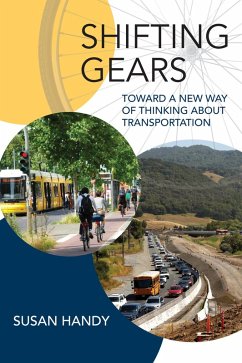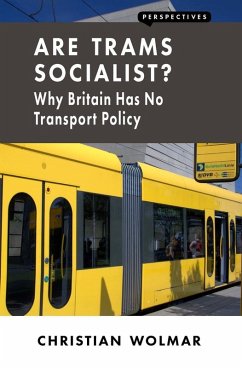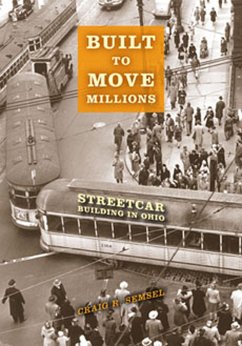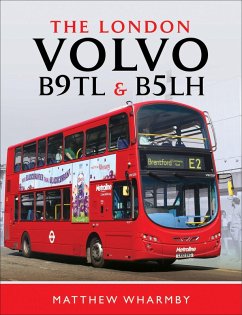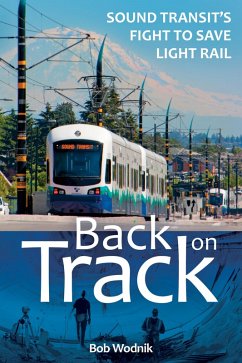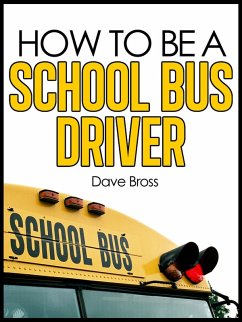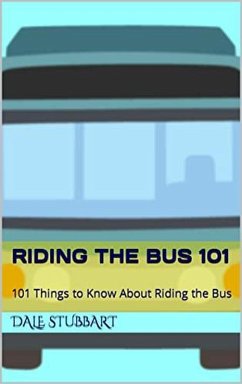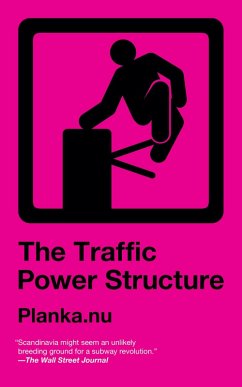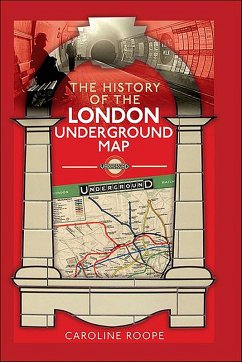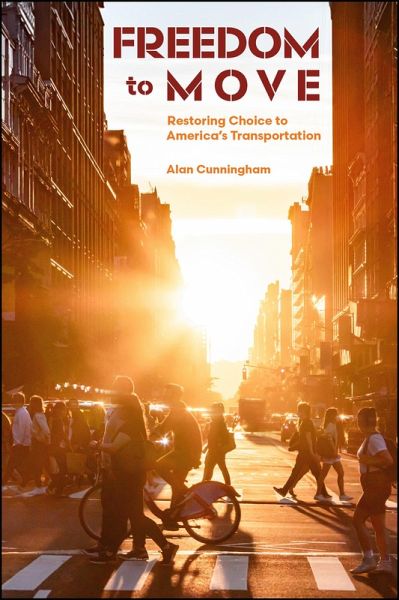
Freedom to Move (eBook, ePUB)
Restoring Choice to America's Transportation
Erscheint vor. 15.03.26
18,95 €
inkl. MwSt.
Unser Service für Vorbesteller - dein Vorteil ohne Risiko:
Sollten wir den Preis dieses Artikels vor dem Erscheinungsdatum senken, werden wir dir den Artikel bei der Auslieferung automatisch zum günstigeren Preis berechnen.
Weitere Ausgaben:

PAYBACK Punkte
9 °P sammeln!
What if transit stations enabled land use for the sake of walkability and bikeability as much as parking lots dictate land use for the sake of traffic? For over a century, the United States has been devoted to traffic as the predominant mode of transportation. We live further apart, personal vehicles have become expensive obligations, and the availability of parking and traffic flow is an essential concern in urban development. Freedom to Move tells the engaging history of how we got here. While acknowledging our current reality, this book asks how we can improve it. By redeveloping land use w...
What if transit stations enabled land use for the sake of walkability and bikeability as much as parking lots dictate land use for the sake of traffic? For over a century, the United States has been devoted to traffic as the predominant mode of transportation. We live further apart, personal vehicles have become expensive obligations, and the availability of parking and traffic flow is an essential concern in urban development.
Freedom to Move tells the engaging history of how we got here. While acknowledging our current reality, this book asks how we can improve it. By redeveloping land use within a three-mile bikeable radius of existing rail transit stations, we could realize immense improvements to safety, fitness, affordability, water and air quality, public health, and real estate markets. The author uses data to argue for freedom of choice-how we can move beyond the inevitability of car dependence, and how that benefits all of us.
Freedom to Move tells the engaging history of how we got here. While acknowledging our current reality, this book asks how we can improve it. By redeveloping land use within a three-mile bikeable radius of existing rail transit stations, we could realize immense improvements to safety, fitness, affordability, water and air quality, public health, and real estate markets. The author uses data to argue for freedom of choice-how we can move beyond the inevitability of car dependence, and how that benefits all of us.
Dieser Download kann aus rechtlichen Gründen nur mit Rechnungsadresse in A, D ausgeliefert werden.



